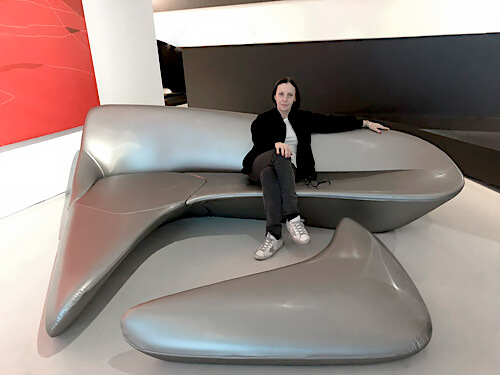She lives and works in Italy. She has lived her childhood in an artistic environment. Her approach to photography and its development was almost entirely self - taught. After graduation and several work experience, she has chosen the camera as the main artistic expression. Photographing has become an imperative language.
Her works were exhibited at Galleria Carla Sozzani in Milan, at E contemporary Space in Triest, at Leica Gallery in Milan, at Somerset House London for the 2016 Sony WPA exhibition, at Base Milan for the Photovogue Festival 2016, Complesso
museale Santa Maria della Scala in Siena.
One of her artwork is part of the permanent collection of the MACS Museum of contemporary Art of Sicily.
Amongst her recognitions are: two gold medals ,Honorable mentions at Px3 Paris, Honorable Mentions at IPA. Commended Photographer in the Enhanced category of the Open Competition at the 2016 Sony World Photography Awards. Honorary Mention at Life Framer Photography Prize Edition III " An instant " theme series Award. Winner of The Uncanny Contest by Gregory Crewdson and Vogue Italia.
Her works have been published and featured on several magazine as Vogue.it, Lens Culture, Trendland, Art Sheep, Musée Magazine Issue 16, Huffington Post de, l'oeil, Fondazione Pitti discovery, Grey, Rai news, Metal, Einaudi, Iris Artist Platform, Plastik, Elle decor, GUP and many other.
